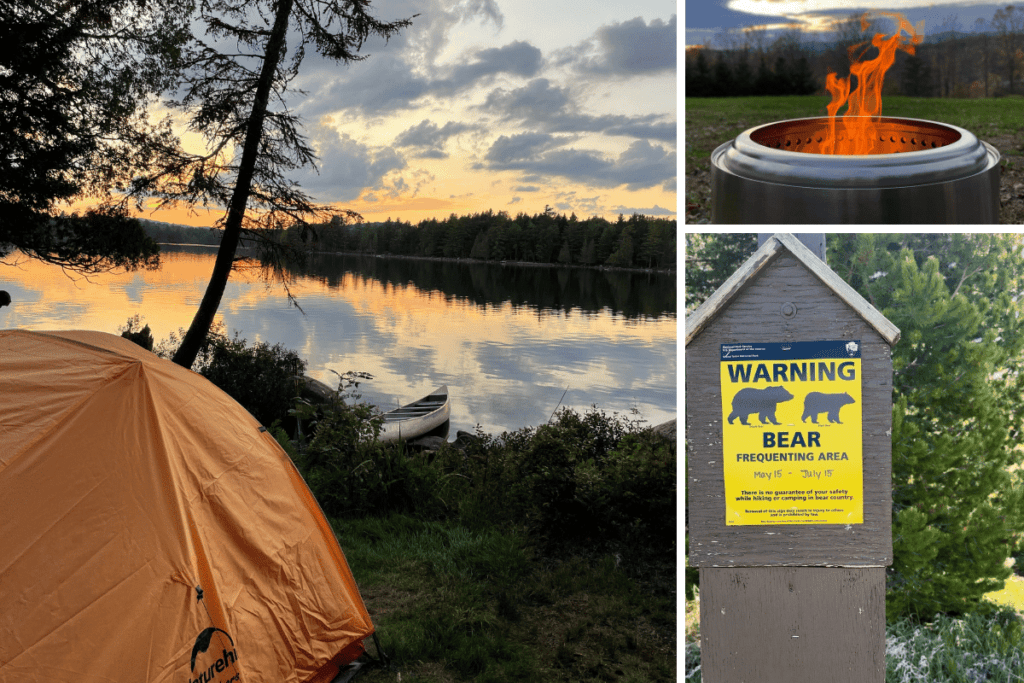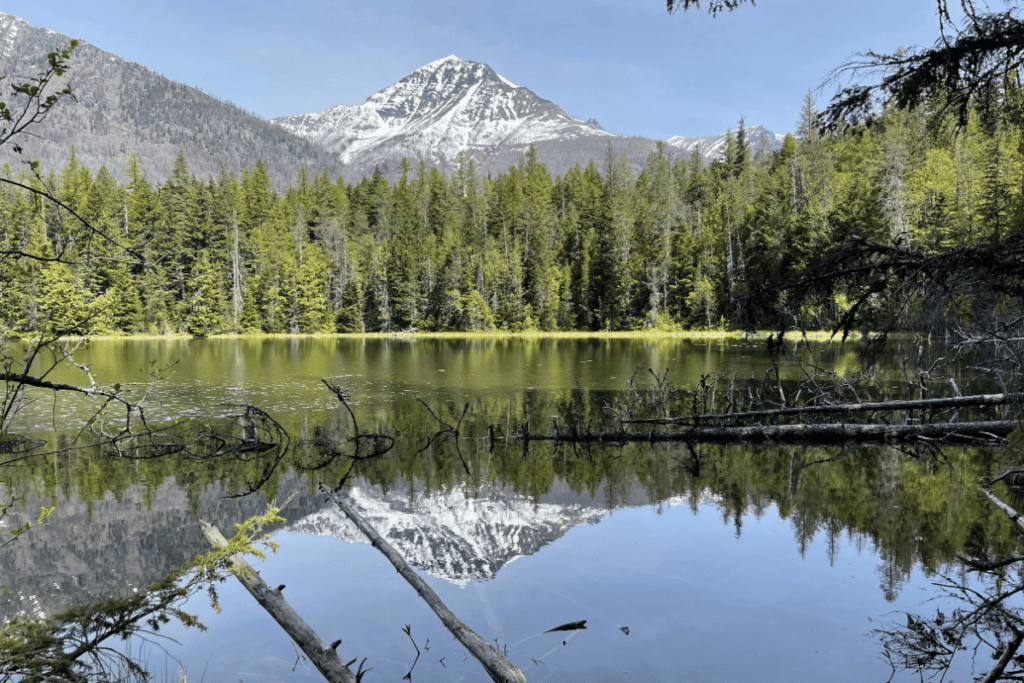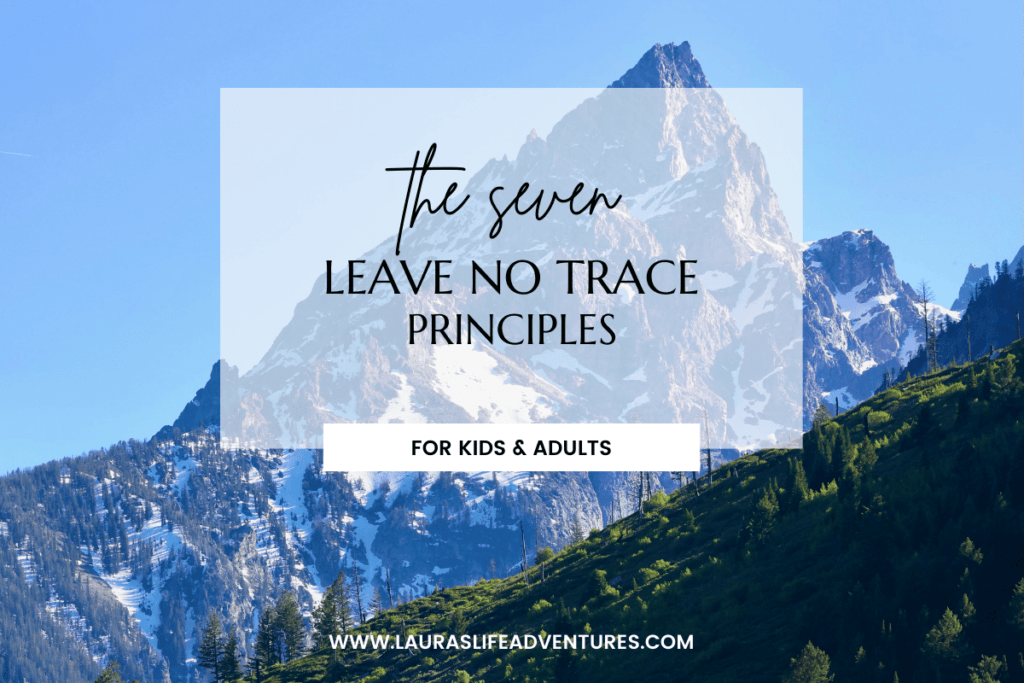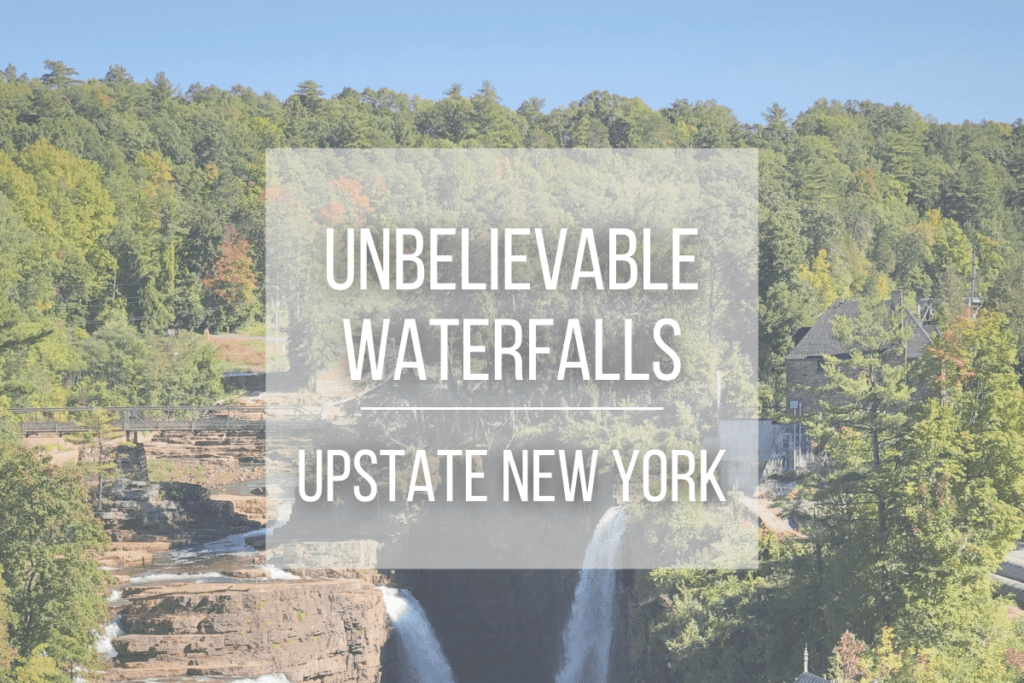Leave No Trace Principles are guidelines that everyone should follow while enjoying the outdoors. These simple rules help us protect the beautiful places we visit so that they stay wild and wonderful for future generations.
The 7 Leave No Trace Principles
- Plan Ahead and Prepare
- Travel and Camp on Durable Surfaces
- Dispose of Waste Properly
- Leave What You Find
- Minimize Campfire Impacts
- Respect Wildlife
- Be Considerate of Others

1. Plan Ahead and Prepare
Planning your trip is a key part of leaving no trace. The better prepared you are, the less likely you are to make mistakes that can hurt nature, or yourself. For example, research the area you’re visiting. Some locations might have rules specific to the area, wildlife, plants, or beliefs.
2. Travel and Camp on Durable Surfaces
When hiking stay on marked trails, and yes this means even if there is mud, you’ll want to walk through it, not around it. If you’re camping, set up camp in established spots or one that minimally impacts the area. You don’t want to cause any damage to the environment.
3. Dispose of Waste Properly
Always pack out everything you bring in, including trash, food scraps (no, you shouldn’t leave orange peels, they can take up to 2 years to decompose), and even human waste. If you’re in an area that doesn’t have restrooms, make sure you follow the proper guidelines, like digging a small hole to bury human waste at least 200 feet from water sources. If you bring toilet paper, you must pack it out – do not bury it.
4. Leave What You Find
When you’re out in nature, take only photos and memories with you. Avoid picking plants, disturbing wildlife, or taking rocks and flowers home. This helps preserve the natural beauty for others to enjoy.
5. Minimize Campfire Impact
Campfires can be one of the best parts of camping, but they can also damage the environment or cause more issues if not done correctly. Instead of starting a fire, consider using a camp stove to cook your meals.
If you do have a campfire, use only the small, dead wood you find on the ground (never cut living trees), and make sure the fire is completely out when you leave. Use only designated spots.
6. Respect Wildlife
It’s important to respect wild animals from a safe distance. Don’t feed them or try to interact with them. Feeding animals can change their natural behaviors and can even harm them in the long run. Keep your food stored properly to avoid attracting animals to your campsite.
7. Be Considerate of Others
Nature is for everyone! Be mindful of other people around you by keeping noise levels down, sharing the trail, and not crowding popular spots. A little patience and kindness can go a long way in making the outdoors enjoyable for everyone.
Please also be super kind to our workers and volunteers, they do not have enough help and are doing their best so you can enjoy these beautiful places!

Why These Leave No Trace Principles Matter
By following these principles, you’re not only keeping nature beautiful, but you’re also helping protect the habitats of the animals and plants that live there. Respecting the environment makes sure that our parks, trails, and wild places stay safe and clean.
It doesn’t take much to make a difference. If we all follow the Leave No Trace principles, we can continue to enjoy the outdoors without harming the environment. If you see trash that someone else left behind, be the hero and pack it out along with your stuff. The little acts of service make a huge difference. Let’s work together to preserve the amazing places we love!
A Letter to Parents about Leave No Trace Principles
Helping your child learn Leave No Trace is as simple as following these principles yourself during family adventures. At a young age, your children are watching your every move, and will mimic those behaviors, so it’s a great starting point.
Once your child is old enough to engage, teach them the 7 Leave No Trace Principles through games or activities together.
Some activities to try:
Take photos of the flowers, instead of picking them.
Watch wildlife from a distance to observe how animals act in their environments.
Make it a competition, who can pack out the most trash while on a trail.
Final Thoughts
I hope this post helps clarify the 7 Leave No Trace Principles and encourages you to spread awareness so that we can all enjoy nature, instead of hurting it. Our Parks, Trails, and Land need us more than ever to help PROTECT them, and this is a free way to do so while also enjoying what they offer us.
Want to Keep Adventuring…
Essentials for a Day Hike: What to Bring While Hiking for the Day
First Time Visit to Yellowstone National Park : Must See Spots



